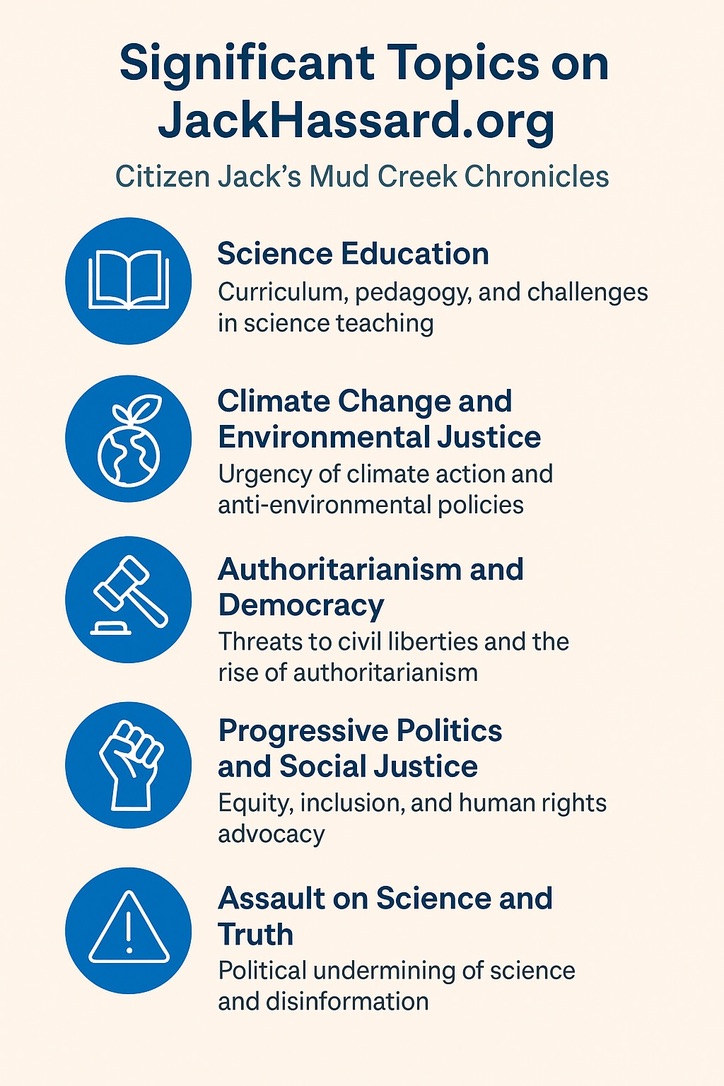The Gaia Theory was the result of collaboration between the British scientist, James Lovelock, and the American biologist, Lynn Margulis. They proposed the Gaia "hypothesis" in their 1974 paper entitled Atmospheric homeostasis by and for the biosphere: the Gaia...
Environment
The Gaia Theory: Its Origins & Implications
The Gaia Theory was the result of collaboration between the British scientist, James Lovelock, and the American biologist, Lynn Margulis. They proposed the Gaia "hypothesis" in their 1974 paper entitled Atmospheric homeostasis by and for the biosphere: the Gaia...
The Gaia Theory: Implications for Science Teaching
I returned this week from a two week trip to Texas, and waiting for me in the mail was a book I had pre-ordered from Amazon. The title of the book is James Lovelock: In Search of Gaia, and it was written by John Gribbin & Mary Gribbin. Here's what the book is...
Paradigm shifts: Education about, in and for the environment
Education about, in, and for the environment represent three different paradigms useful in helping us view environmental education and environmental science programs and activities. Based on research by Rachel Michel (1996), these three paradigms can briefly be...
Touch the earth: The case for learning outside the box
Many, many years ago I developed a book while being a writer for the Individualized Science Instructional System (ISIS) which was entitled Touch the Earth. It was a geology mini-course, part of a large collection of earth, life, and physical science mini-courses for...
Earthday as a metaphor for a paradigm of informal learning
Informal learning as a paradigm for classroom learning suggests that learning is holistic, and is steeped in inclusiveness and connectedness. As I suggested yesterday, John Dewey wrote about the importance of an "experiential education" more than 100 years ago, and...










